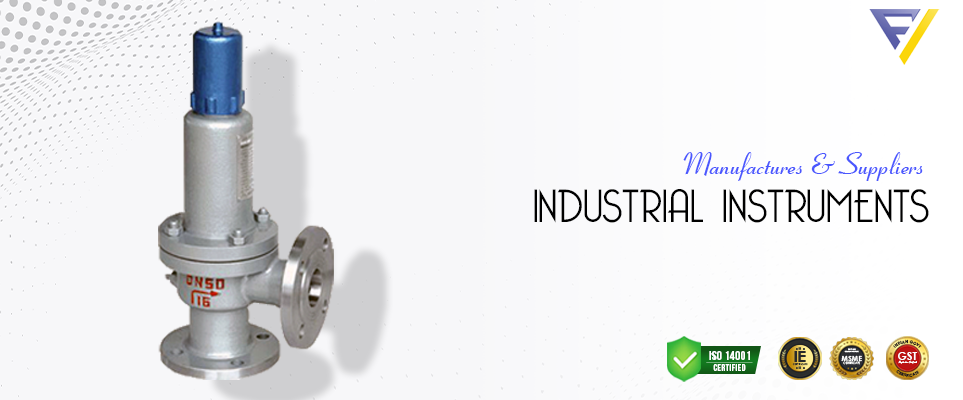A water safety valve is a device that prevents water from entering a faucet or other source of water. It can be used to prevent accidents and can be installed in places with a risk of damage to property or people. It can also be used to prevent spills from occurring. Water safety valves are typically used in houses and businesses but can also be used in public places such as restaurants and parks. They are often used for commercial reasons, such as preventing fires, but they also have other uses, such as preventing spills. Water safety valves are designed to protect water from objects that could cause damage to people and property.
Industrial water safety valves can prevent spills and leaks from occurring in the workplace. They are typically used in manufacturing, and other large-scale industrial operations, where there may be a need to monitor the amount of water poured into a facility. They are typically used to prevent water entry into a facility if there is any possibility that it could cause damage to the property or health.
Water Safety Valve Specification
| Size | : | 1/4" To 12" - Flanged |
| Size | : | 1/8" To 4" - Screwed |
| Usage/Application | : | Industrial |
| Material | : | SS 304/316, Cast Steel, Mild Steel |
| Pressure | : | 70 Bar |
| Temperature Range | : | -20 to 350°C |
| Meida | : | Water |
Salient Features
- Full Nozzle Design
- Valve Bodies are Heavy Duty Design
- All Pressurized Parts are Hydraulically Tested
- The High Flow Coefficients Allow the Most Economical Sizing of the Valve
- Dual Blow-Down Ring for More Precise Performance: 3% Over Pressure and 4% Blow-Down
- Among Foreign Certifications
- Proven Reliability
- Seats Lapped to Optical Flatness for Tight Shut-off
- Flanges can be Manufactured According to a Wide Range of Standards
- Ease Maintenance







